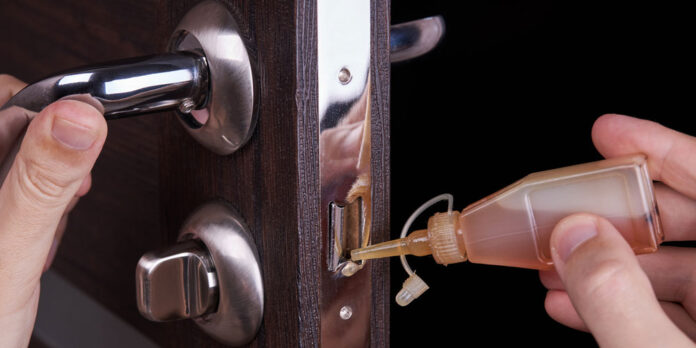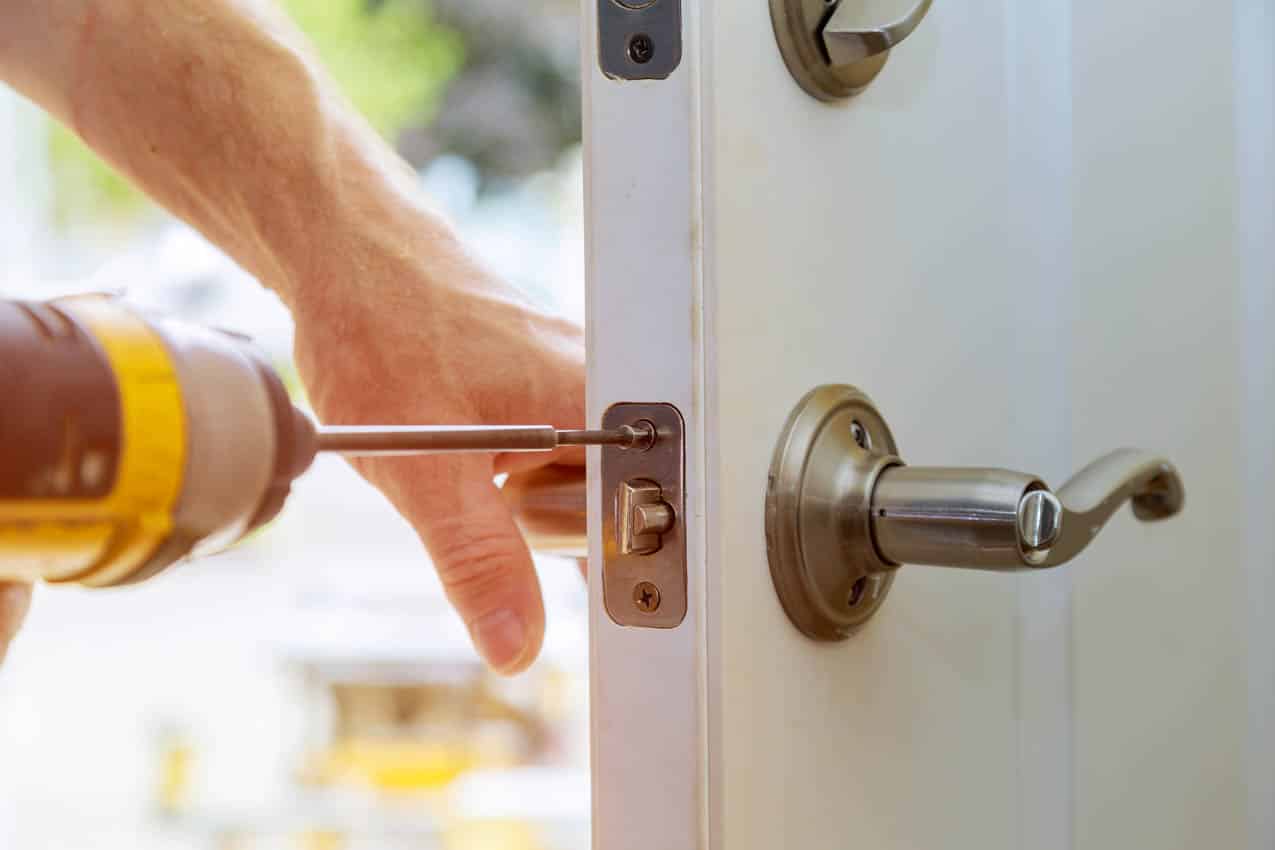Understanding the vital role of lock maintenance is crucial for their longevity. Locks, whether mechanical or electronic, are integral to our daily security. This comprehensive guide offers insights and practical tips, ensuring your locks remain functional and reliable over time. Embracing regular maintenance not only extends the life of your deadbolt but also enhances your overall security.
Why Lock Maintenance Matters
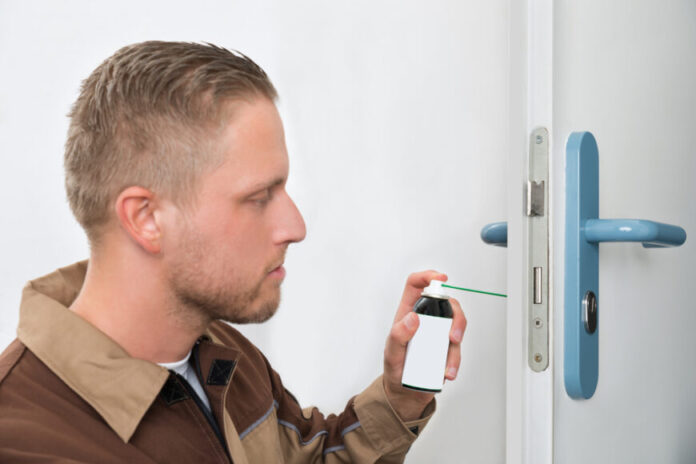
Locks are central to our security, safeguarding homes, offices, and valuables. Their continuous function is often taken for granted, leading to neglect and wear. Regular maintenance is not just about preserving the lock’s mechanics; it’s about ensuring they continue to provide the security and peace of mind they were designed for. This maintenance prevents malfunctions, avoids lockouts, and keeps the locking mechanisms smooth and reliable, safeguarding against unexpected failures and potential security breaches.
Types of Locks
Locks come in various forms, each requiring specific maintenance. The most common types include padlocks, deadbolts, knob, lever handle, and smart ones. Understanding the type of lock you have is crucial as each has its unique structure and maintenance needs. For instance, a deadbolt requires different care than a smart lock. This section of the guide will help you identify your deadbolt type and understand its specific maintenance requirements which you can also learn if you contact a Santa Monica locksmith.
Basic Tools You’ll Need
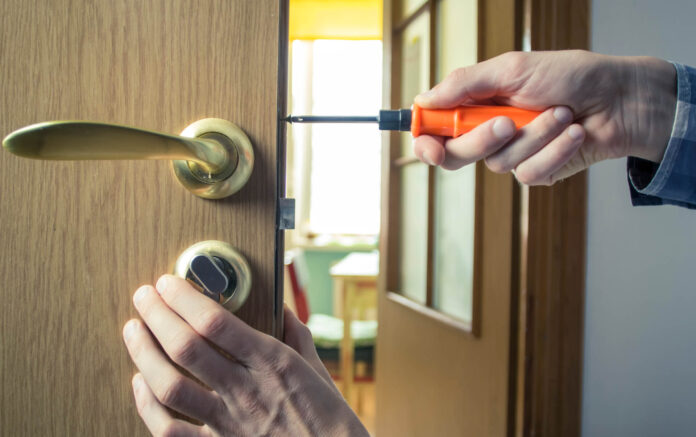
Maintaining your locks effectively requires some basic tools. A set of screwdrivers, a can of lubricant, a wire brush, and a clean rag are essential. These tools help in various types, you might need specific electronic equipment or software for updates and diagnostics. This toolkit is your first step in ensuring you can address common maintenance tasks efficiently.
Cleaning Your Locks
Cleaning is a vital step in lock maintenance. Dust, dirt, and grime can accumulate, causing it to become stiff or unresponsive. Start by removing the deadbolt from the door, if possible. Use a wire brush to gently scrub away any visible dirt. Next, apply a mild cleaning solution and wipe with a clean rag. Avoid harsh chemicals as they can damage its surface. Once clean, dry it thoroughly before reinstalling or using it.
Lubricating Your Locks
Lubrication is crucial for the smooth operation of locks. It reduces friction and prevents wear. Use a dry lubricant like graphite powder for internal mechanisms, as oil-based products can attract dirt. Apply the lubricant sparingly and operate the deadbolt several times to distribute it evenly. For electronic ones, lubrication might not be necessary or should be done according to the manufacturer’s instructions to avoid damaging electronic components.
Checking for Loose Parts
Regular inspection of your locks for loose parts is essential. Loose screws and worn-out components can compromise its functionality. Use a screwdriver to tighten any loose screws. If you find worn or broken parts, consider replacing them or consulting a professional. In some cases, a simple tightening can significantly improve the deadbolt‘s performance.
Dealing with Rust and Corrosion
Rust and corrosion can severely damage locks, especially in humid or coastal environments. To prevent rust, apply a protective coating like silicone spray or wax. If rust has already formed, use a wire brush to gently remove it. Afterward, apply a rust inhibitor to prevent further corrosion. Regular checks for signs of rust can help you address the issue before it becomes a major problem.
Protecting Your Locks from Weather
Exposure to weather elements like rain, snow, and sun can significantly impact the durability of locks. Over time, these conditions can lead to rust, corrosion, and mechanical failures. To mitigate this, use weatherproof covers or lubricants designed for outdoor use. These create a protective barrier against moisture and UV rays. In cold climates, they are prone to freezing; applying a de-icer or gently heating the deadbolt can resolve this. For electronic types, it’s crucial to ensure they’re specifically designed for outdoor use with appropriate weather sealing and waterproofing. Regular inspections for weather-related damage can also help in taking timely action to prevent long-term issues.
Maintaining Electronic Locks
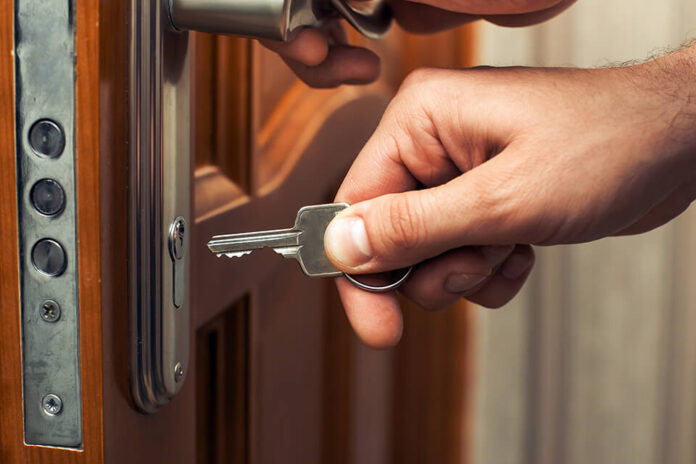
Electronic types, such as smart locks, require distinct maintenance practices compared to traditional mechanical ones. Keeping their software updated is crucial for security and functionality. Regularly checking and replacing batteries will prevent unexpected lockouts. Ensuring a stable internet or Bluetooth connection is also key for smart locks. When cleaning these devices, avoid liquid cleaners as they can damage electronic components; a dry, lint-free cloth is usually sufficient. If you encounter more complex issues, consult the user manual for troubleshooting tips or contact the manufacturer for support. Proper and regular maintenance of electronic types not only extends their lifespan but also ensures they remain secure and efficient.
Common Lock Problems and Solutions
Sticking, jamming, or difficulty in turning the key are frequent issues with locks. Often, these problems are due to a lack of lubrication, misalignment, or dirt accumulation. Applying a suitable lubricant can resolve sticking or jamming issues. If the key is challenging to insert or remove, inspect for any visible obstructions or damage to the key or lock. Realignment of the entire mechanism may be necessary if the door has shifted or if the deadbolt has become loose. Regular maintenance checks can preempt many of these issues, but being equipped to troubleshoot and resolve common problems is essential for its longevity. For more complex issues, seeking professional assistance is advisable.
Lock Maintenance Schedule
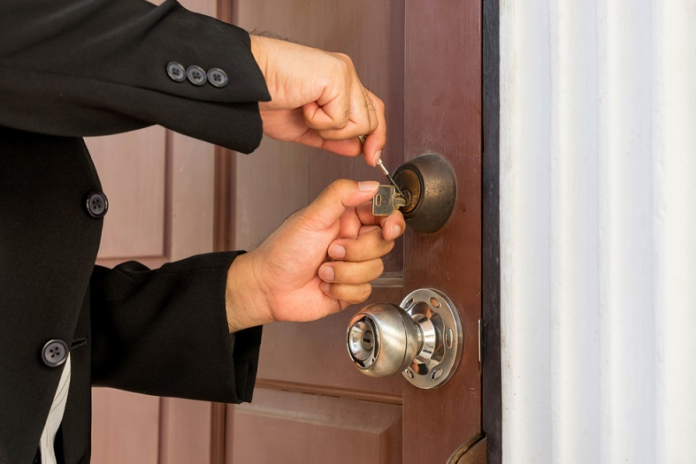
Adhering to a regular maintenance schedule is crucial for the longevity of your locks. Depending on their usage and environmental exposure, a bi-annual or annual maintenance routine is recommended. This schedule should include cleaning to remove dirt and debris, lubricating moving parts to ensure smooth operation, checking for and addressing any signs of wear and tear, and tightening any loose components. By maintaining this schedule, you can significantly extend the lifespan of your deadbolt and ensure they remain in optimal working condition. This proactive approach to deadbolt maintenance not only saves time and resources in the long run but also reinforces the security of your property.
Conclusion
Maintaining your locks is a straightforward but crucial task. It ensures their reliability, longevity, and, most importantly, your safety and security. Regular maintenance, using the right tools and techniques, can significantly extend the life of your locks, saving you time and money in the long run. Remember, a well-maintained mechanism is a reliable guardian of your peace of mind.

